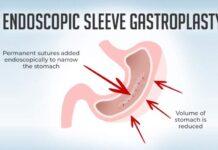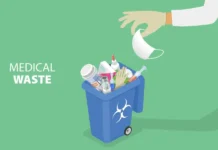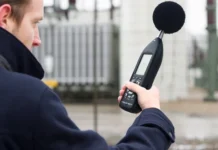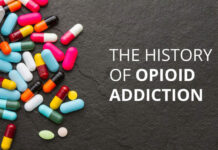Disasters can happen at any time and without warning. When they do, your emergency supply kit comes in very handy. When properly prepared, an emergency supply kit can be a lifeline for you and your family. Additionally, having an emergency kit can give you peace of mind amid an emergency knowing that you are adequately equipped as you wait for help.
But what constitutes a good emergency supply kit? This post seeks to answer that question by listing some of the most basic things a good emergency kit should have.
Enough Non-Perishable Food to Last at Least Three Days
Some types of emergencies such as flooding, wars, or pandemics could see you cut off from supplies for days. It is, therefore, important to stock up with at least three days’ worth of non-perishable foods. When settling on the type of food to stock up with, it would be best to consider ready-to-eat foods such as clif bars, energy bars, canned beans, and vegetables. Rather than buy your emergency food stock from your local store, it would be best to get your supplies from reliable emergency food supply companies that can supply you with foods that have a guaranteed shelf life of up to 25 years.
Water
Stocking up on water should be a priority in disaster preparedness. While a person may live for over a month without food, they may only live for a few days without water. An average person will need up to three gallons of clean water per day in an emergency. Whenever possible, it is recommendable to stock commercially bottled water. However, if you are working on a tight budget, you could store regular tap water in sealable containers and replace it every six months. For bottled water, it is best to refer to the indicated expiration date and replace it accordingly.
Portable Lighting
In times of emergencies, the probability of having power is very slim, especially where the type of emergency in question is a natural disaster or war. In such a situation, you will need to have a light source for the days you will be cut off. When setting up your emergency kit, ensure that you pack light sources such as flashlights and portable headlamps. It would also help if you invested in a good portable solar power charger, rechargeable batteries, and match sticks.
First Aid Kit
When disasters strike, the damage is not limited to landscapes and buildings. Bodily injuries can also happen. When injuries occur in an emergency, accessing medical help can be a challenge. Therefore, it is important to have a first aid kit equipped with all the necessities such as painkillers, gloves, antiseptics, bandages, scissors, gloves, antibiotic ointments, and any other provisions necessary for treating injuries.
Whistle to Signal for Help
In modern days, people often use mobile phones and other portable, internet-enabled devices to communicate. If your cell phone cannot access the service, or if the battery is drained, a signaling whistle can come in handy at alerting others or the emergency crew to your location. Three consecutive whistle blasts are an internationally recognized distress signal.
Documents
You may be required to prove your identity in an emergency. Therefore, it’s important to keep copies of your birth certificate, IDs or passports, insurance policy documents, and a map of your area. Documents can come in handy when accessing some services such as medical treatment or when filling a claim with private evacuation services.
Summary : Emergency Supply Kit
Disasters can happen at any time, whether you are at home, at work, or even when out on the road. When thinking about setting up an emergency kit, it’s important to consider having an emergency kit at the home, office, and in your car where possible. The items to include when setting up an emergency kit are not limited to the ones listed above. However, they represent the most basic components that every emergency supply kit should have.

































































![Avielle Janelle Hernandez Net Worth | How Old is She? [2020 Update] Avielle Janelle Hernandez](https://www.apzomedia.com/wp-content/uploads/2020/11/Avielle-Janelle-Hernandez-100x70.jpg)

